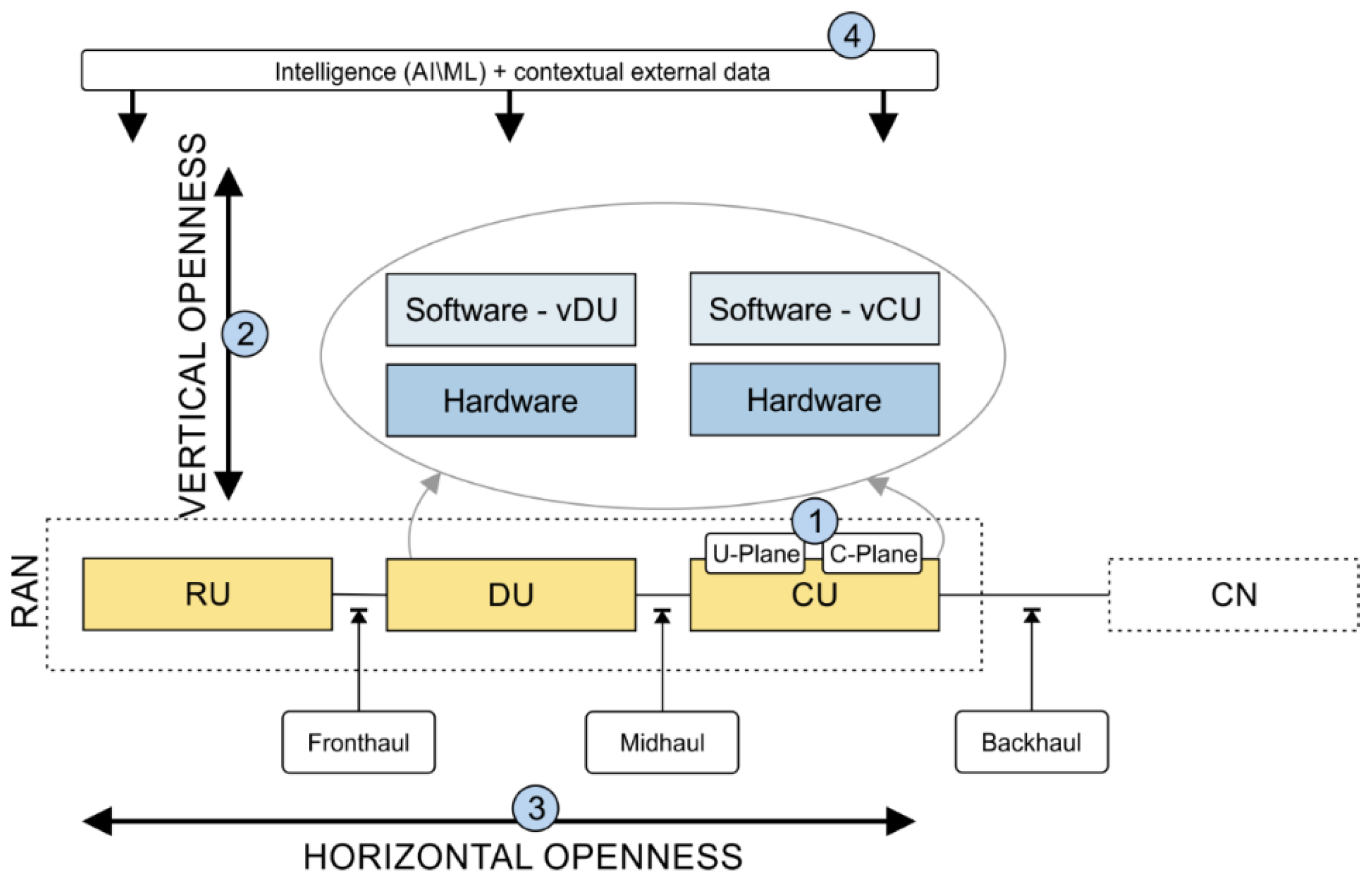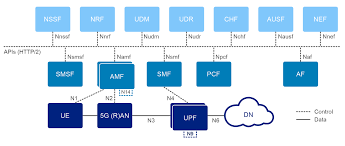Advancing V2X Communication: The Road to 5G-Enabled Connected Vehicles
telcomatraining.com – In the evolving landscape of smart mobility, Vehicle-to-Everything (V2X) communication has emerged as a game-changing technology. By enabling seamless data exchange between vehicles, infrastructure, pedestrians, and networks, V2X communication is laying the foundation for safer, more efficient, and intelligent transportation systems. With the advent of 5G technology, V2X is undergoing a transformative shift—ushering in an era of ultra-reliable, low-latency, and high-capacity vehicle communication. This article explores how 5G-enabled V2X communication is redefining the future of connected vehicles.
What is V2X Communication?
V2X, or Vehicle-to-Everything, refers to the communication between a vehicle and any entity that may affect or be affected by the vehicle. This includes:
- V2V (Vehicle-to-Vehicle): Sharing speed, position, and movement data to avoid collisions.
- V2I (Vehicle-to-Infrastructure): Communicating with traffic lights, road signs, and toll booths.
- V2P (Vehicle-to-Pedestrian): Enhancing pedestrian safety through real-time alerts.
- V2N (Vehicle-to-Network): Connecting vehicles to cloud services for navigation, diagnostics, and updates.
By facilitating these interactions, V2X aims to improve traffic efficiency, reduce accidents, and support autonomous vehicle operations.
Why 5G is Critical to V2X
Previous generations of mobile networks, such as 4G LTE, provided limited support for the stringent requirements of V2X applications. In contrast, 5G networks offer three key capabilities that make them ideal for V2X communication:
- Ultra-Low Latency: Critical for applications like collision avoidance, where milliseconds can save lives.
- High Reliability: Ensures that messages between vehicles and infrastructure are delivered without fail.
- Massive Connectivity: Supports millions of simultaneous connections, vital for densely populated urban environments.
These features enable near-instantaneous data exchange, paving the way for real-time decision-making and cooperative driving strategies.
Applications of 5G-Enabled V2X Communication
1. Real-Time Traffic Management
5G-powered V2X enables dynamic traffic signal control, rerouting vehicles in real time based on congestion and accidents. This not only reduces travel time but also minimizes fuel consumption and emissions.
2. Collision Avoidance Systems
Vehicles can exchange information about their speed and direction, allowing them to predict and prevent potential collisions. This is especially useful in blind intersections or adverse weather conditions.
3. Autonomous Driving Support
For autonomous vehicles, 5G V2X serves as an additional layer of environmental awareness beyond on-board sensors. It facilitates coordinated driving and safe lane merging at high speeds.
4. Emergency Vehicle Prioritization
V2X allows emergency vehicles to communicate with traffic lights and other vehicles, clearing their path efficiently and reducing response times.
Challenges and Considerations
Despite its potential, the implementation of 5G-enabled V2X communication faces several hurdles:
- Infrastructure Investment: Deployment of 5G base stations and roadside units requires significant funding.
- Standardization: Interoperability between vehicles from different manufacturers must be ensured.
- Cybersecurity: V2X systems must be secured against hacking and data breaches to protect user privacy and safety.
The Road Ahead
Global automotive manufacturers and governments are already collaborating to accelerate the deployment of V2X technology. Countries like China, Germany, and the U.S. are investing heavily in 5G infrastructure to support intelligent transport systems.
As we look toward a future dominated by connected and autonomous vehicles, 5G-enabled V2X communication will be the backbone of smart mobility. It promises to not only improve road safety and efficiency but also transform how we think about transportation entirely.
Conclusion
The integration of 5G into V2X communication marks a pivotal milestone in the journey toward fully connected vehicles. By harnessing the power of ultra-fast, reliable, and responsive networks, 5G-enabled V2X is unlocking new possibilities for safer roads, smarter traffic, and autonomous driving. As technology continues to evolve, the road to intelligent mobility is becoming clearer—and it’s being paved with 5G.







